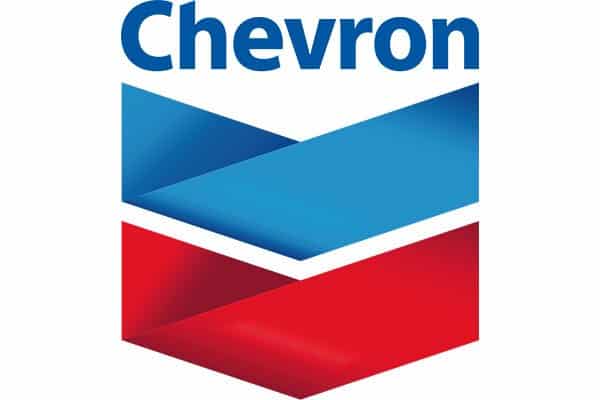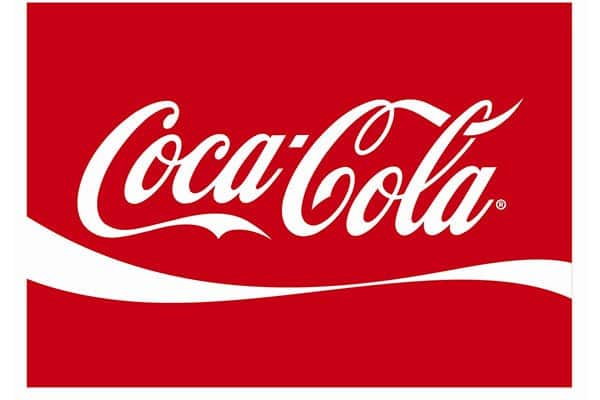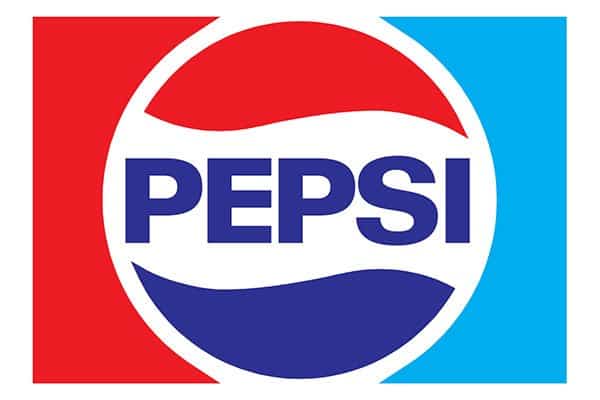Guiding Brand Identity Through Logo Design
The following commentary focuses on the possibilities of design and logo analysis with key factors to assess how a logo functions through certain variables to establish brand identity. How these variables such as color, font and other factors can be found to have socially ascribed meaning and how design (through logo creation) can represent/reflect an organization’s philosophy or strategy is reviewed. Suggestions are made within the essay that design functions as a foundation point for further innovation in branding, marketing and advertising as the prima facie anchor to guide brand identity.
When we think about an organization, we most likely first think of design. We may think of the finished product the company produces, yet we never think of the actual work process of the organization. We think of the logo which is of course, part and parcel of the production of design in the branding and differentiating process to gain competitive advantage in the market place. On the way to work, we may need to gas up, so we may stop at a Chevron station, most likely this image will be evoked:

Decide we are also thirsty and buy a:

Design, Logos & Color
We can ask about the colors used in the above logos and the psychology of color behind it. The Red on Coca-Cola certainly has some cultural meanings associated with it, while the red, white and blue of Chevron certainly suggests American patriotism. While attaching meaning to color is somewhat arbitrary and relative to a given culture, we cannot escape the fact that such created meanings of color are socially accepted as true. If we take the Coco-Cola logo above and use Chevron’s idea of Red, White & Blue –we have the organization’s main competition: Pepsi with a more modern font.

Note above also, there is something subliminally militaristic about the Chevron logos. In the U.S. Army, two stripes denotes a Corporal’s rank. By extension: Is this also intentional wordplay? Corporal/Corporation?
The above examples are more than abundant in our society. The fact is, as consumers, we are ruled to a given extent by an image of design. At the basis of the image is the fact that we think of organizations as designs which are associated with value, worth and quality. This is an essential step in the branding process and further serves to differentiate the product from all the others on the market.
Design, Logos and Narratives – General Commentary
In a sense, the designed image not only functions as the first step in branding, but also as an organizational value proposition, because all the merits and qualities of the product’s worth and quality can be emotionally associated with the logos by the consumer.
Notice also that the designed image functions as a figure of speech, most notably the trope – Synecdoche. That is, “the part represents the whole.” The logos functions in a similar fashion, when we think of an IBM or Apple logo –we associate the image (which is partial) to the whole organization and finished product or service. Thus a design can function as a paradigm, of course, until it is changed.
One cannot argue with pragmatism; if it works it is true! This can be seen in the timeless logos of such products as Budweiser, Fender guitars as well as Campbell’s Soup. The design is rarely changed in relation to the brand image appealing to the consumer. These emotional design appeals take the form of the values of tradition and integrity represented by old & new-fashioned hand-writing.

We can even extend this argument into associated narratives. Narrative images designed for innovative organizations, stay with us, over time. If we think of Marlboro cigarettes, the designed images of cowboys, horses and being on the range are evoked. If we think of Harley-Davidson motorcycles, of course we think of the logos, but may also associate it with images from the TV show Sons of Anarchy. As a generalization, we must view the concept of Design as being at the basis of organizational functioning and innovation. This is the starting point for marketing and advertising within a campaign.
Design, Logos & Branding
Innovative organizations without reputable images of design rarely go far. We can “google” worst logo ideas and clearly find organizational fails which would be pulled from the market and redesigned. The fact of the matter is –Design is a foundational aspect of overall organizational innovation and strategy. It serves as the essential touchstone for further developments especially in branding, marketing and advertising because it serves as a representation of brand identity. These concepts can be furthered defined:
- The perceived emotional organizational image as a whole is considered as the brand.
- The visual aspects that form part of the overall brand can be considered the brand identity.
- The logo represents an organization (many times by Synecdoche) through the use of a designed image.
As Design serves as an anchor for further innovations and strategy, we could state that the designed image is paradigmatic –not only as an example to emulate, but as a way of structuring business protocol and tactical management for innovation by providing an organizational image and identity of value, worth and quality to the consumer.
Logos and Organizational Philosophy/Strategy
We can additionally ask how the logo represents or reflects the organization’s philosophy or strategy. Based on the colors, form, font and other factors, what values are being appealed to? For example, let us view the IBM logo:

We encounter bold blue capitalized letters with white stripes running horizontally through the acronym of International Business Machines. These factors suggest a global philosophy (horizontal stripes) with stability (Capital Letters) and also the honest, faithful, persistence, dedication, and tactful/patient strategy often socially ascribed to the color blue. “True as Blue” as it is said.
Another example could be Petro China, one of world’s largest oil companies:

What do the yellow and orange colors represent to you? Also take notice of the rising sun centering the logos suggesting stable and new beginnings. Why is the logo outlined as if a flower or kaleidoscope? These are just a few of the questions one could ask in how this organization represents its philosophy. Consider also the Chinese Flag in relation to Petro China’s logo:

Notice that the two are related by inversion and innovation. The star/rays/colors and form have all been creatively transposed to suggest a nationalistic design which portrays a strategic affiliation with the government itself.
Conclusion
The above monograph has focused on ways to critically focus and analyse design and logos within a larger perspective –whether that be socially ascribed meanings of color, form, font and other factors, or how a logos provides a prima facia foundation to innovative strategy. Finally, inquiries into how the logo reflects an organization’s philosophy were given consideration.
Recommendations/Questions for Design & Logo Analysis
- Consider the intrinsic factors first: Color, Form, Fonts, Icons, and General Use of Graphics.
- How are these factors used to identify the brand in relation to the consumer?
- What values, emotions, customs or cultural mores and traditions are being appealed to?
- What extrinsic factors (from the organization, itself or cultural values) can be identified in the logo?
- How does the design of the logo provide an innovative strategy for an organization to sustain competitive advantage?
- How does the design of the logo reflect the organization’s mission, vision or philosophy?






